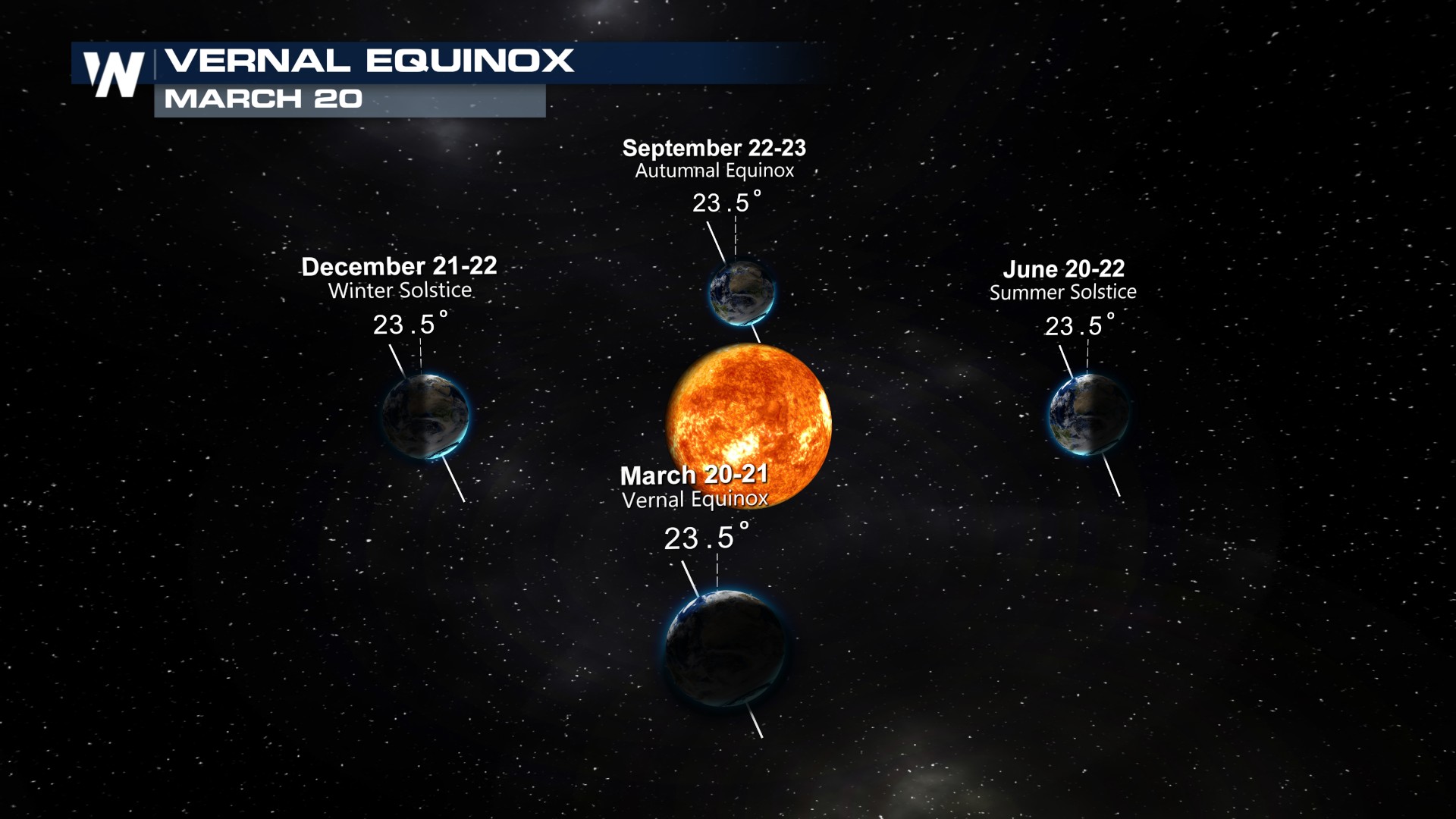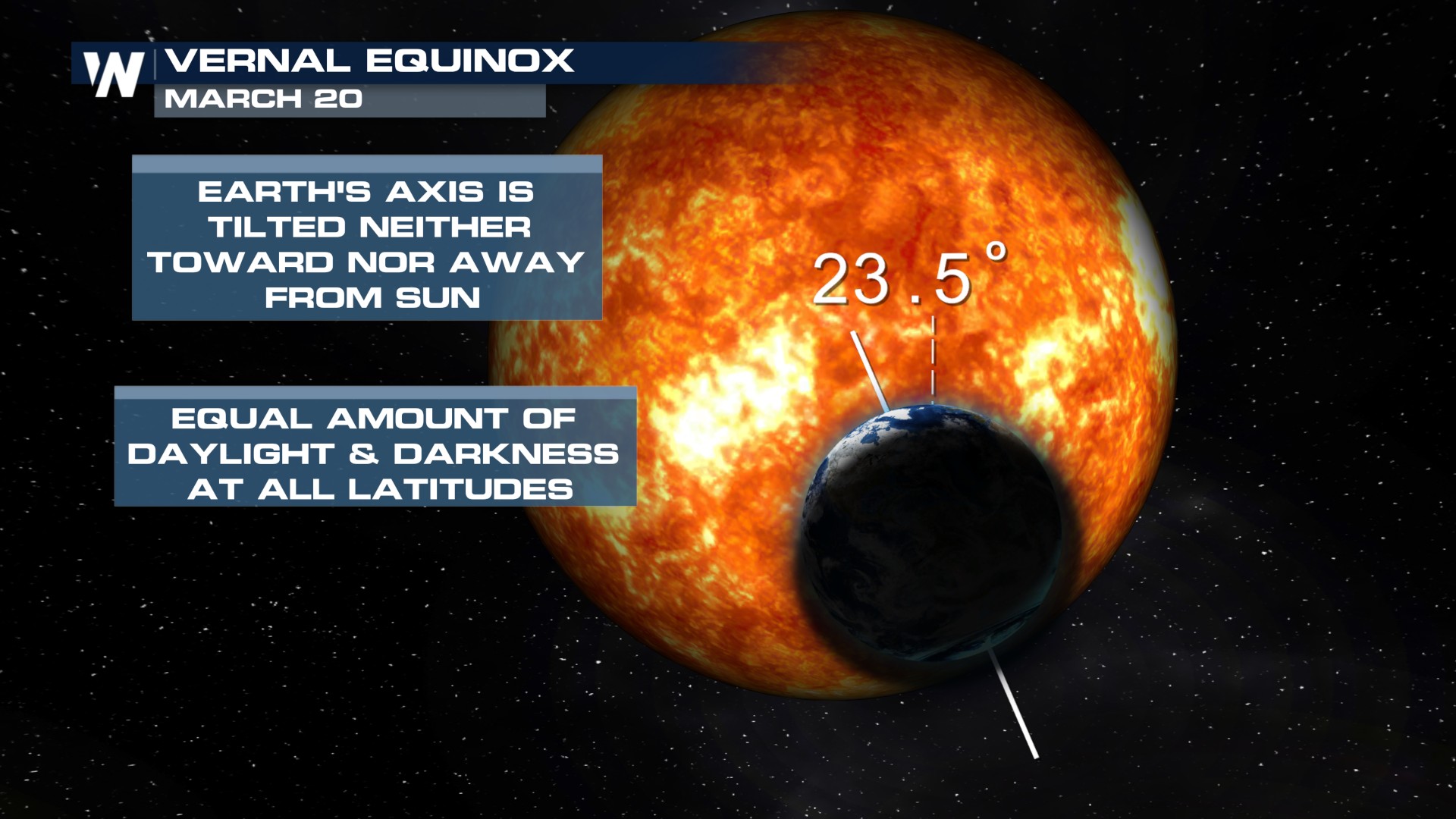Spring Has Officially Arrived: The Vernal Equinox Marks a New Season
Looking for warmer temperatures? The wait is finally over. Spring has officially arrived. Thursday, March 20th, 5:01 am Eastern Standard time, while you were most likely catching some Z’s, spring arrived. Thursday marks the Spring Equinox, which is when earth tilts on its axis towards the sun, giving a balance of day and night, each lasting 12 hours. This astronomical event symbolizes a fresh start as flowers begin to bloom, and a sign of warmer weather ahead. Some other things that spring brings that are not so pleasant are pollen and severe weather.

The Science Behind the Equinox
The Spring Equinox, also known as the vernal equinox, occurs when the sun crosses directly over the Earth's equator. This shift causes both the Northern and Southern Hemispheres to experience equal amounts of daylight and darkness. The phenomenon is a direct result of the Earth’s axial tilt, which is 23.5 degrees. As the planet orbits the sun, this tilt causes different regions of Earth to experience varying lengths of daylight throughout the year.

Fun Facts about the Vernal Equinox
The equinox occurs when the sun is directly over the equator resulting in a nearly equal length of night and day for nearly every region of the world.
It is called the Vernal Equinox because the word "vernal" stands for Spring and "equinox" means "equal night" in Latin.
It does not happen on the same day every year and is usually within four days from March 19-23. The reason behind this is because a calendar year is 365 days (about 12 months), but it takes Earth 365.25 days to revolve around the sun. That extra quarter adds up (and is part of the reason we have a leap day) and means the equinox fluctuates around 6 hours yearly. For example, in 2024 the equinox was on March 20th.
Meteorological Spring is different than astronomical Spring. Because the Spring equinox fluctuates it is easier to group the seasons by the first of the month for record-keeping. Meteorological Spring is the months of March, April, and May with meteorological summer starting June 1 (the summer solstice is June 20th).
The Spring Equinox determines a couple of holidays: it is the first day of the first month of the Iranian solar calendar and is the start of the Persian New Year. Also, Easter is determined as the first Sunday following a full moon after the solstice (which for simplicity is marked as March 21)

The Spring Equinox reminds us that change is constant. The Earth continues its journey around the sun, and with each cycle, nature offers us a chance to renew and grow. Spring has officially arrived.
Tune into WeatherNation for updates on all the spring weather changes.